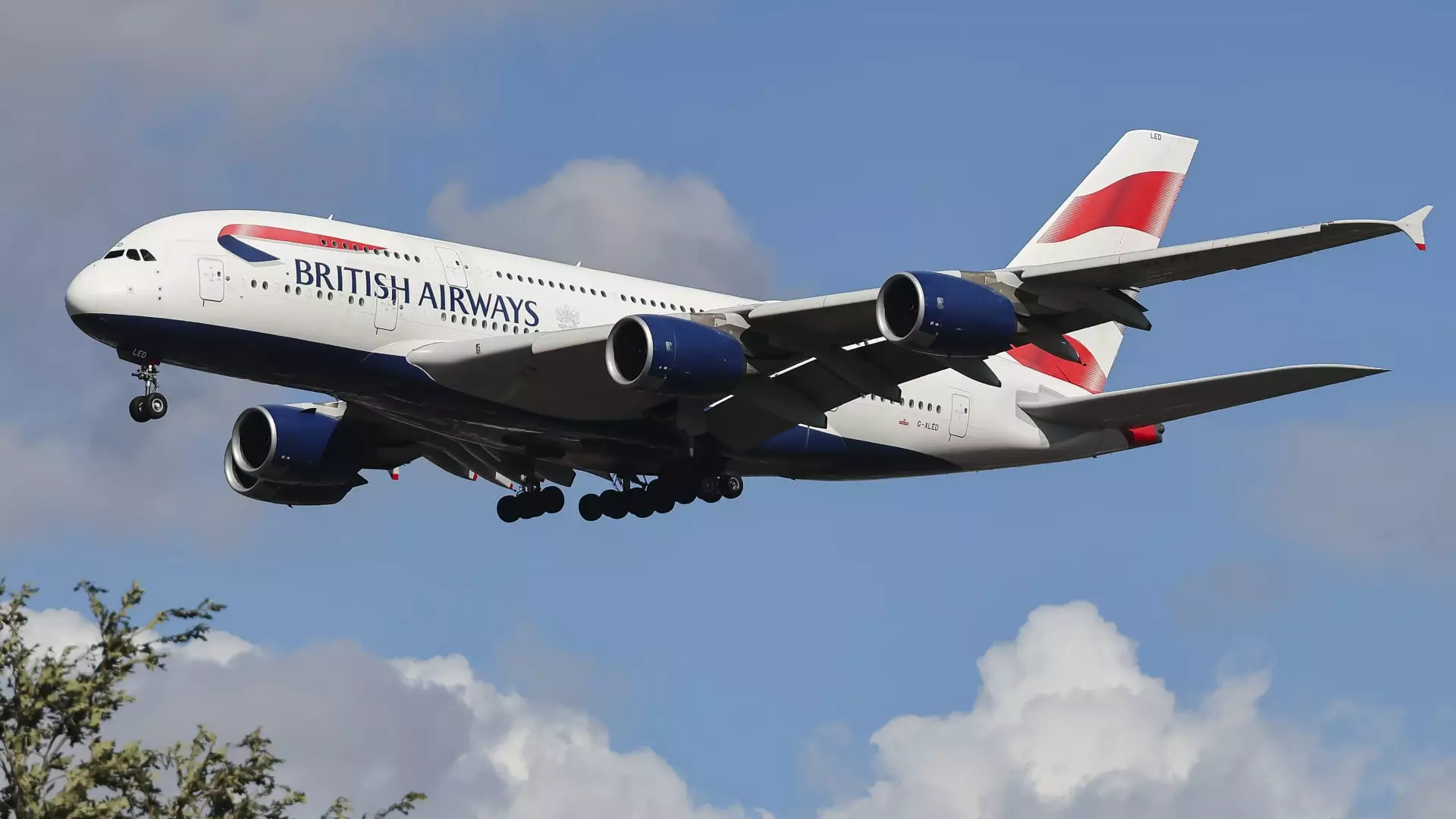The global airline industry is currently undergoing a seismic shift, particularly concerning operations within and to China. A combination of deteriorating demand, inflated operational costs, and geopolitical restrictions has led several dominant international carriers to reduce or completely withdraw their services to the Chinese market. This article delves into the factors driving this phenomenon and analyzes the broader implications for airlines and travelers alike.
The landscape of air travel to Asia has been significantly altered since the onset of the Ukraine conflict. Following the invasion, Western nations, including the European Union and the United Kingdom, imposed extensive flight bans on Russian aircraft, prompting Russia to close its airspace in retaliation. As European airlines found themselves unable to traverse the previously established routes, they were forced into longer flights that resulted in greater fuel consumption and rising operational costs.
Amidst this turmoil, airlines such as Virgin Atlantic and Scandinavian Airlines have taken the drastic step of completely ceasing operations in China. Virgin Atlantic’s withdrawal from Hong Kong, a city where it had operated for three decades, reflects a trend where carriers are reassessing their international strategies and focusing on regions with better demand and profitability.
Beyond geopolitical factors, the immediate challenge for airlines operating in China is the startling decline in demand. A report by Skift indicates that seven major airlines have retreated from the country recently, driven by diminished passenger numbers. John Grant, a chief analyst at air travel data provider OAG, emphasizes that the situation is anticipated to worsen before it improves. As demand for international travel into and out of China remains low, airlines are left reevaluating the viability of maintaining these expensive routes.
The stark statistics paint a troubling picture: in 2019, China welcomed approximately 49.1 million travelers; however, by July 2023, only around 17.25 million international arrivals were reported. This astonishing decline illustrates the ongoing hesitation from global travelers to return to China and the resulting impact on the economy and air travel sector alike.
In response to these challenges, airlines are not only withdrawing from China but also reallocating their resources to more profitable routes. British Airways, for example, has shifted its focus from Beijing to Cape Town, reflecting a strategic pivot in response to evolving market demands. This reallocation has evident benefits, with load factors jumping from a mere 55% on the Beijing route to a striking 90% for Cape Town services.
As major carriers migrate their fleets to regions showing more robust travel demand, they signify a pivotal shift in air travel dynamics. The reduced availability of flights to China reveals the limitations of existing resources and the need for airlines to optimize their operational efficiency in a challenging market.
While the situation for international carriers in China appears bleak, other regions are experiencing a resurgence in travel demand. Countries such as Japan are witnessing a boom in tourism, underscoring an uneven recovery in global travel trends. The disparity in recovery rates highlights the complexities faced by airlines as they navigate distinct regional challenges and ever-changing consumer preferences.
Despite the moratorium on routes to China, some airlines in the Asia-Pacific region are expanding their services to neighboring countries, seizing opportunities in markets that present a more favorable economic outlook.
Airlines from the United States have also felt the squeeze, though not as acutely as their European counterparts. Some U.S. carriers are making commercially driven decisions to curtail their Chinese services, effectively rebalancing their routes and aircraft deployment in accordance with current demand dynamics. These strategic withdrawals suggest that a long-term commitment to the Chinese market may be waning as the challenges of reestablishing operational viability loom large.
As the winter season approaches, analysts predict that Chinese airlines will gain a more substantial foothold in international routes, especially in their services to Europe. With projections showing Chinese carriers operating 82% of all flights between China and Europe, the landscape for air travel is rapidly evolving. Despite the financial challenges faced by these airlines, the introduction of new routes hints at their determination to regain a sense of normalcy.
The ongoing retreat of global airlines from China illuminates the complex interplay of geopolitical developments, fluctuating demand, and shifting operational priorities. As the aviation industry works to adapt to these challenges, new routes and opportunities may emerge in unexpected places. Airlines must be agile, harnessing data and insights to make informed decisions that fortify their future in a rapidly changing global market. Whether this marks a temporary setback or a long-term structural change remains to be seen, but one thing is clear: the future of air travel will look markedly different from what it once was.

